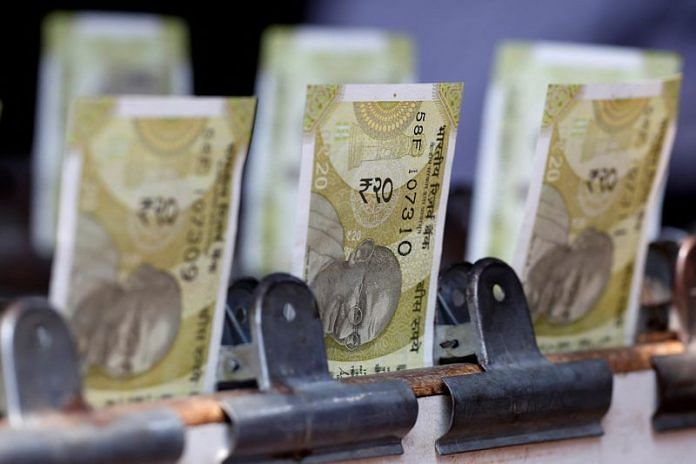By Swati Bhat
MUMBAI (Reuters) – The International Monetary Fund retained its classification of India’s “de facto” exchange rate regime as “stabilised” for the period of December 2022 to November 2024 after its latest article IV review, it said in a statement on Thursday.
“While the exchange rate has depreciated moderately from November 2024, more observations are necessary to determine its new trend. Until then, the de facto exchange rate arrangement remains classified as a stabilised arrangement,” IMF said.
While IMF directors recommended greater exchange rate flexibility as the first line of defence in absorbing external shocks with interventions limited to addressing disorderly market conditions, a few saw the need for FX interventions in other cases, noting limitations in the current global financial safety net.
The IMF had first moved to the “stabilised” classification for India from “floating” in December 2023.
“Greater exchange rate flexibility would reduce the need for holding costly precautionary FX reserves, promote FX market development, prevent moral hazard by encouraging firms to actively manage their currency risk through hedging, and reduce fluctuations in domestic financial system liquidity,” it said.
However, during periods of global financial stress leading to destabilising premiums, FX interventions can play a supporting role to improve market functioning and mitigate adverse impacts on output and inflation, it added.
IMF expects India’s real GDP to grow at 6.5% in 2024/25 and 2025/26, supported by robust growth in private consumption on the back of sustained economic and financial stability.
India’s recent tariff reductions can enhance competitiveness and foster India’s role in global value chains, IMF said.
The report recommended comprehensive structural reforms which would be crucial to create high-quality jobs, invigorate investment, and unleash higher potential growth.
The global lender also expects headline inflation to converge to the 4% target as food price shocks wane while on the external front, it said the current account could widen somewhat but remain moderate at -1.3% of GDP in 2025/26.
IMF directors commended the Indian authorities for their commitment to fiscal prudence and welcomed the adoption of a debt target as the medium-term fiscal anchor, which would enhance transparency and accountability, the report said.
They also broadly agreed that a more well-rounded fiscal framework that includes state and central government, as well as a more detailed fiscal deficit path with sufficient flexibility, could be used as a guide.
On monetary policy, IMF noted that opportunities may arise to gradually lower the key policy rate further, and stressed that monetary policy should remain data-dependent and well communicated.
(Reporting by Swati Bhat, Editing by Louise Heavens)
Disclaimer: This report is auto generated from the Reuters news service. ThePrint holds no responsibility for its content.






